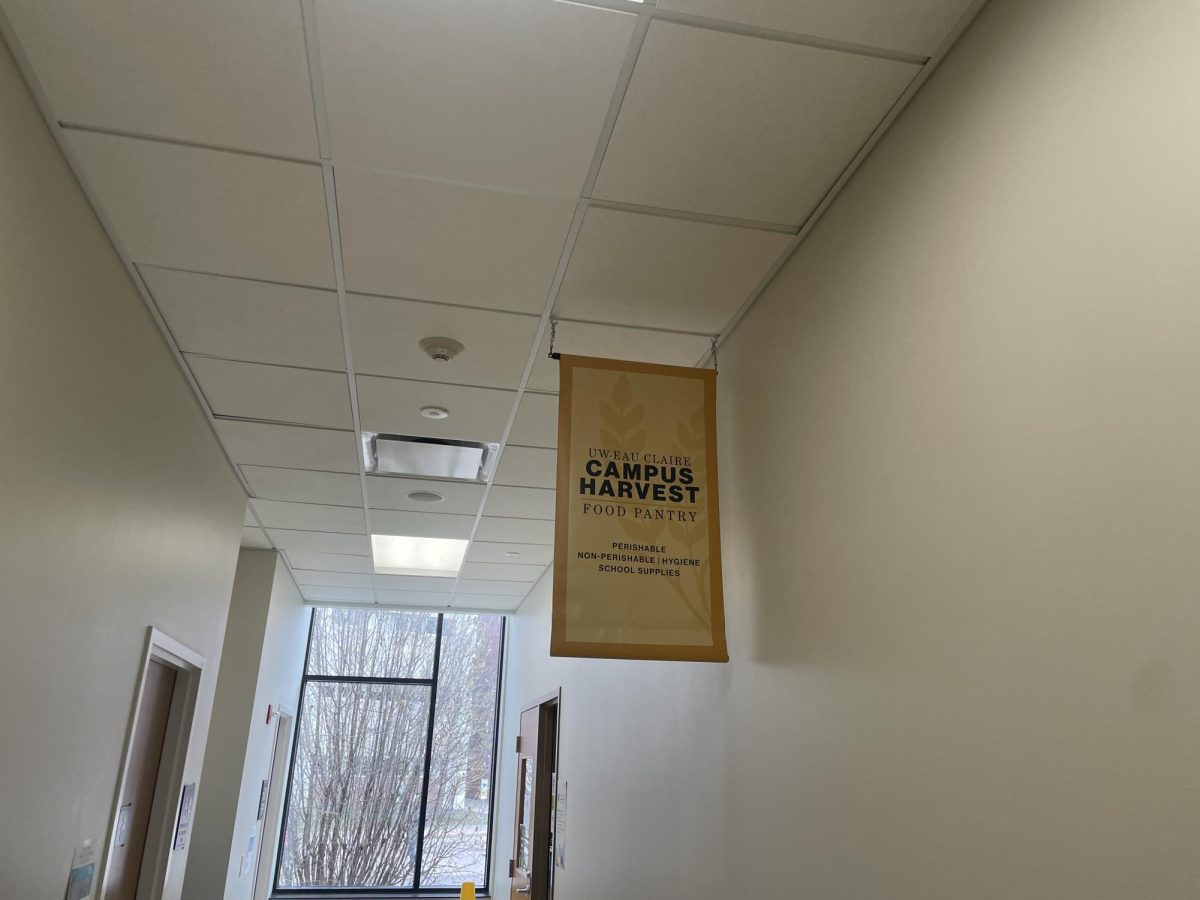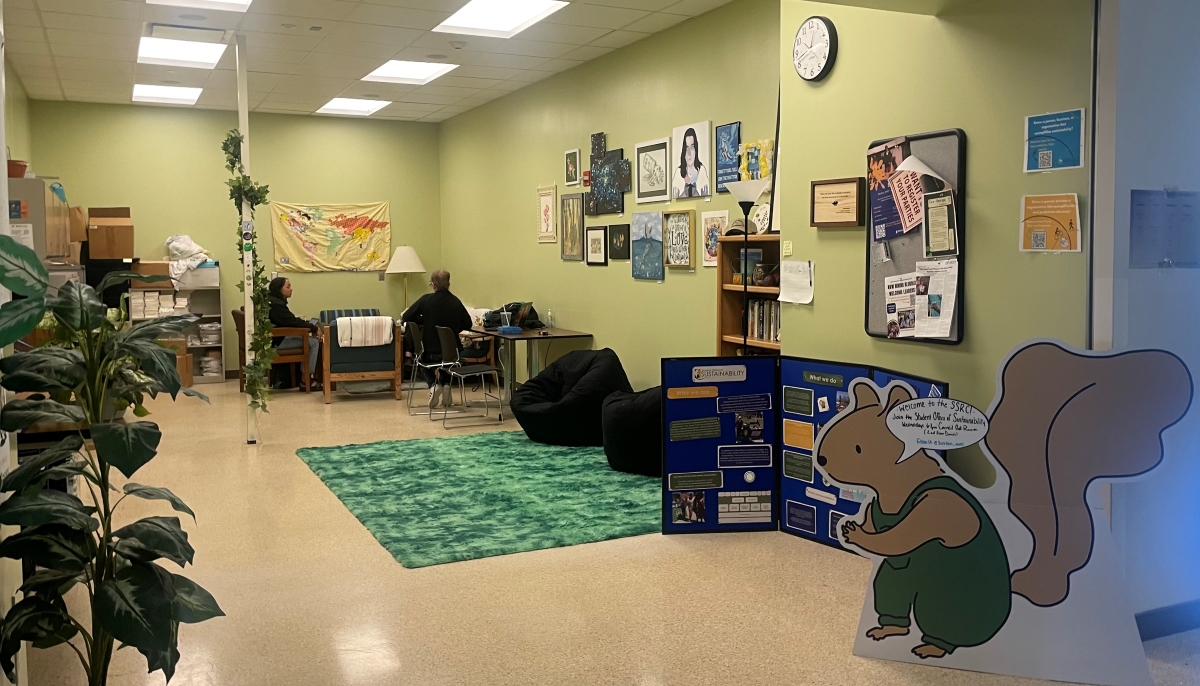For many students, finishing a graduate thesis is tough enough. However, graduate student Pakou Vang not only completed her thesis but also self-published a children’s book along the way.
The publication was born out of necessity during her studies in the Communication Sciences and Disorders graduate program, Vang said.
For her thesis, Vang asked Hmong children to retell two stories: one from their own culture and one from the European, North American culture. She wanted to analyze and compare various qualities of how the children retold the two stories.
However, to conduct this research, Vang needed a children’s book whose written content clearly represented traditional Hmong story elements. That’s when Vang recalled a Hmong fable her grandmother, Mee Moua, used to tell her: The Tiger in the Village.
In the process of putting the story into a written format, Vang modified it slightly to include all of the story grammar elements needed for her research.
In addition to writing the story down, Vang wanted to transform the fable into a proper book format for the children in her study so that the story could be retold.
“My intention was never to publish the book,” Vang said. “I wanted a quality product, and a couple of my friends suggested a few sites that could put the story into a book. And then I realized it was published – self-published, that is.”
A good friend of Vang’s, UW-Stout graduate Jesse Edgington, illustrated the book. Edgington said he had been looking for a new creative project and was very excited when Vang proposed the illustration assignment to him.
Edgington, who received a Bachelor of Fine Arts degree focused in printmaking, said he had never illustrated for another text before, but the experience was positive.
“The great thing about illustrating for a book is you have these words of a story that really help … give you a starting place to draw from,” Edgington said. “… here’s this tale, here’s this story, (now) try to communicate this story through images.”
Edgington said Vang was great to work with, and he enjoyed the creative liberty she gave him on the project. Her primary concern was that his paintings wouldn’t suggest something that the text didn’t say, but beyond that, she left much of the book’saesthetics up to him.
One of the characters in Vang’s book is a tiger that dresses up in human clothing and attacks a village. Edgington explained that because the text could be deemed violent, considering the targeted age group, he purposely portrayed the story action in abstracted ways.
“I didn’t want to show a lot of the violence,” Edgington said. “I usually tried to show things in a way that’s left up to your imagination.”
Although Vang’s study is complete and she graduates this May, she believes there is still much to learn regarding narratives, specifically within the Hmong population. After graduation, Vang hopes to work as a speech-language pathologist.
Vang said she is thrilled that this stage of her life is ending on such a good note and
is excited to see what happens next.
“It’s really humbling to know that others are interested in this project that I have spent so much energy and time working on,” Vang said. “This project truly was motivated to contribute to the field of speech-language pathology and carry my grandmother’s story.”






